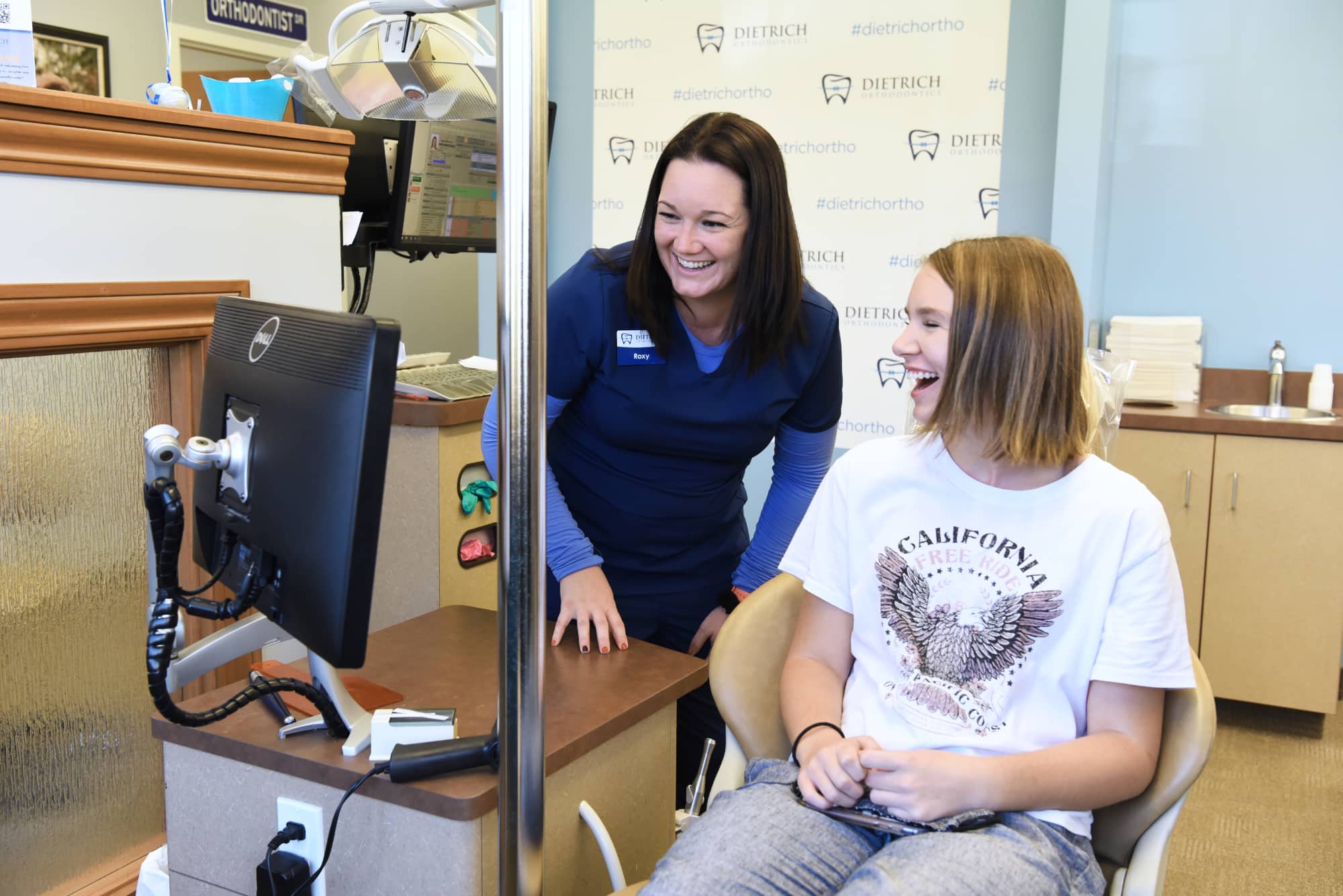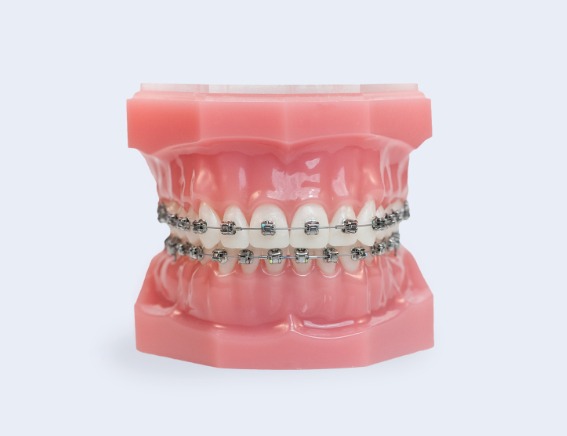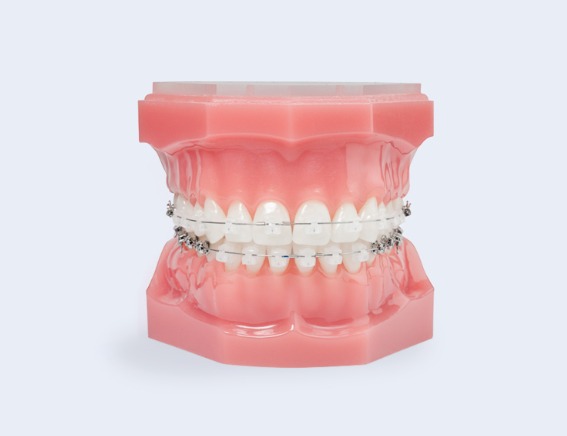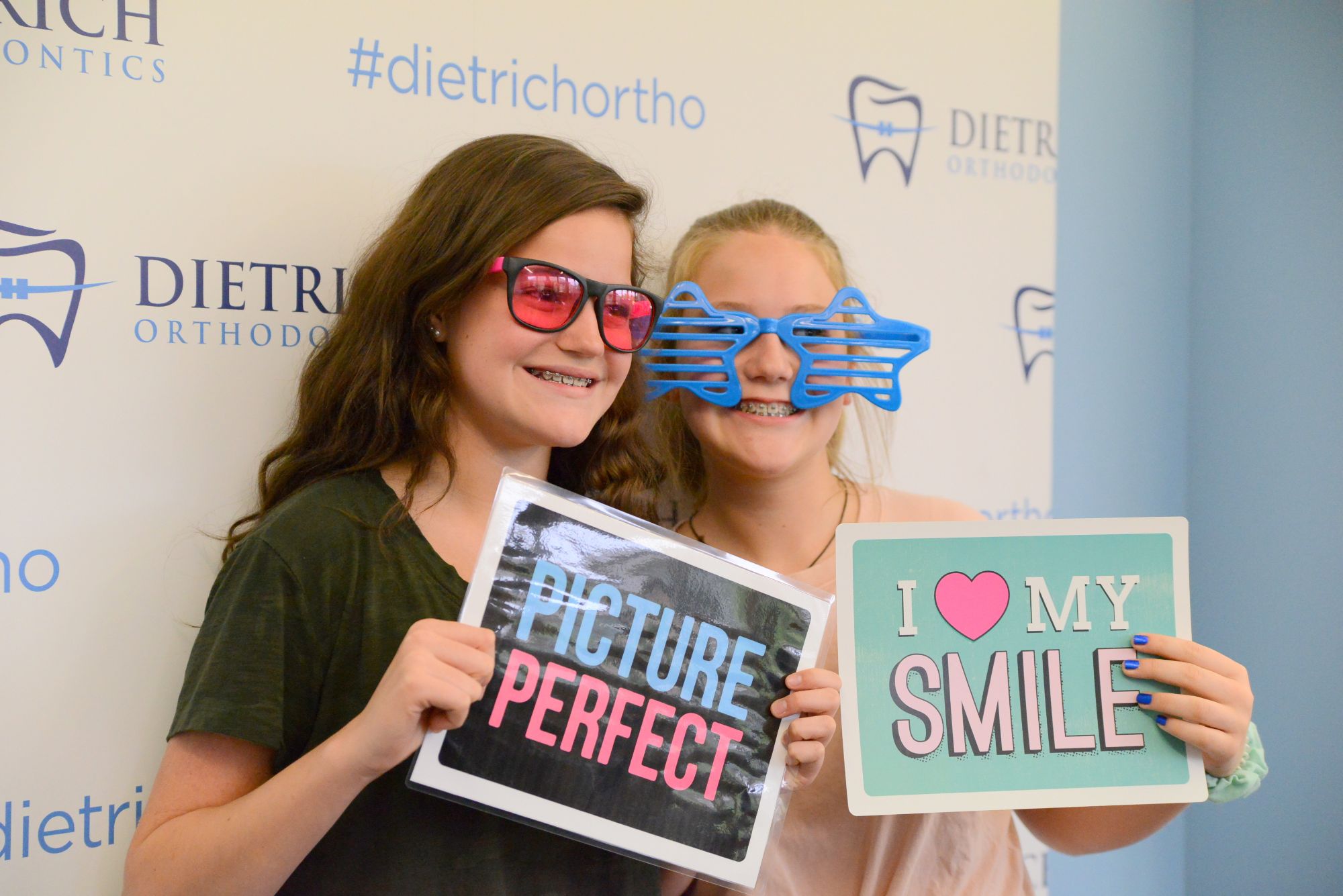Teen Braces
Invest in Your Teen
The teen years (between ages 12 and 16) are the most common time for orthodontic treatment around Canton and Alliance because most permanent teeth have grown in.
Luckily, some new solutions work to make the treatment process at Dietrich Orthodontics much easier than ever before.

All About Teen Orthodontics
Experienced orthodontists like Dr. Dietrich can easily recognize issues with spacing, crowding, bite, and alignment in this age range, and your teen’s bone and jaw structure are formed enough to allow orthodontic treatment to begin.
Some teens may have even started Phase I treatment at an earlier age, and are now following it up with full braces or other orthodontic treatment.
In many cases, Dr. Dietrich can avoid unneeded early treatment by monitoring your child’s development and starting treatment at the ideal time.
Orthodontic problems don’t improve with age, they simply get harder to treat.
It’s easier to treat problems while teens are growing rapidly, and bones and tissue are much easier to manipulate.
In many cases, we can achieve a better-looking result in less time than if treatment is delayed. When the jaw and facial bones are fully developed, many conditions are much harder to treat.
Plus, orthodontic treatment is a lot more enjoyable when you and your friends are going through it.
When your treatment is complete, you’ll have a confident new smile, with benefits that will last for life.

Common Orthodontic Issues in Teens
If you notice any of the following issues, we recommend a free consultation with Dr. Dietrich at Dietrich Orthodontics, since they could be signs your teen may benefit from orthodontic treatment.
- Early, late, or irregular loss of their baby teeth
- Teeth that meet abnormally or not at all
- Difficulty with chewing or biting
- Frequent biting of the cheek or the inside of the mouth
- Crowding or extra spacing between teeth
- Jaws that shift or make sounds
- Jaws and teeth that are out of proportion to the rest of the face
- Protruding teeth
Bad Bites
Diagnosing and successfully treating certain bite problems can have short-term and long-term benefits.
Problems classified as “bad bites” can often be minimized with the proper orthodontic treatment, including:
- Crooked or crowded teeth
- Missing or extra teeth
- An overbite or underbite
- Incorrect jaw position
- A disorder of the jaw joint

Benefits of a Straight Smile
Straight teeth that respond well to orthodontic treatment have many benefits, including:
- Being less prone to wear and tear, chipping, and tooth trauma
- Being easier to keep clean, helping to prevent tooth decay and cavities
- Reducing the chances of developing gum disease, which can result in bone loss, decay, and tooth loss
- Improving proper chewing and digestion of food
Choose Your Look
While creating a customized treatment plan for your teen, we might recommend an orthodontic appliance.
Here at Dietrich Orthodontics, we offer:

Damon Metal Braces
Braces have come a very long way, even within the past decade. When many people think of braces, they think of extremely bulky metal brackets.
We don't use this type of bulky orthodontic appliance, and many of the new braces are lighter and more comfortable than ever before.
Damon Clear Braces
Also known as clear braces, these work the same way metal braces do but feature brackets made of tooth-colored ceramic materials.
They blend in with your teen’s smile, making them much less obvious. Since ceramic braces are slightly more prone to breaking, and a little costlier than metal braces, they may not be best for everyone.

FAQs About Teen Orthodontics

Make an Investment in Your Teen’s Smile Today
Orthodontic treatment is an investment in your child’s future. During your free consultation, Dr. Dietrich will be happy to discuss the benefits of treatment as well as the risk of putting it off.
Although adults can successfully complete orthodontic treatment, a teen’s jaws and teeth can respond quicker to orthodontic treatment, shortening their total treatment time.